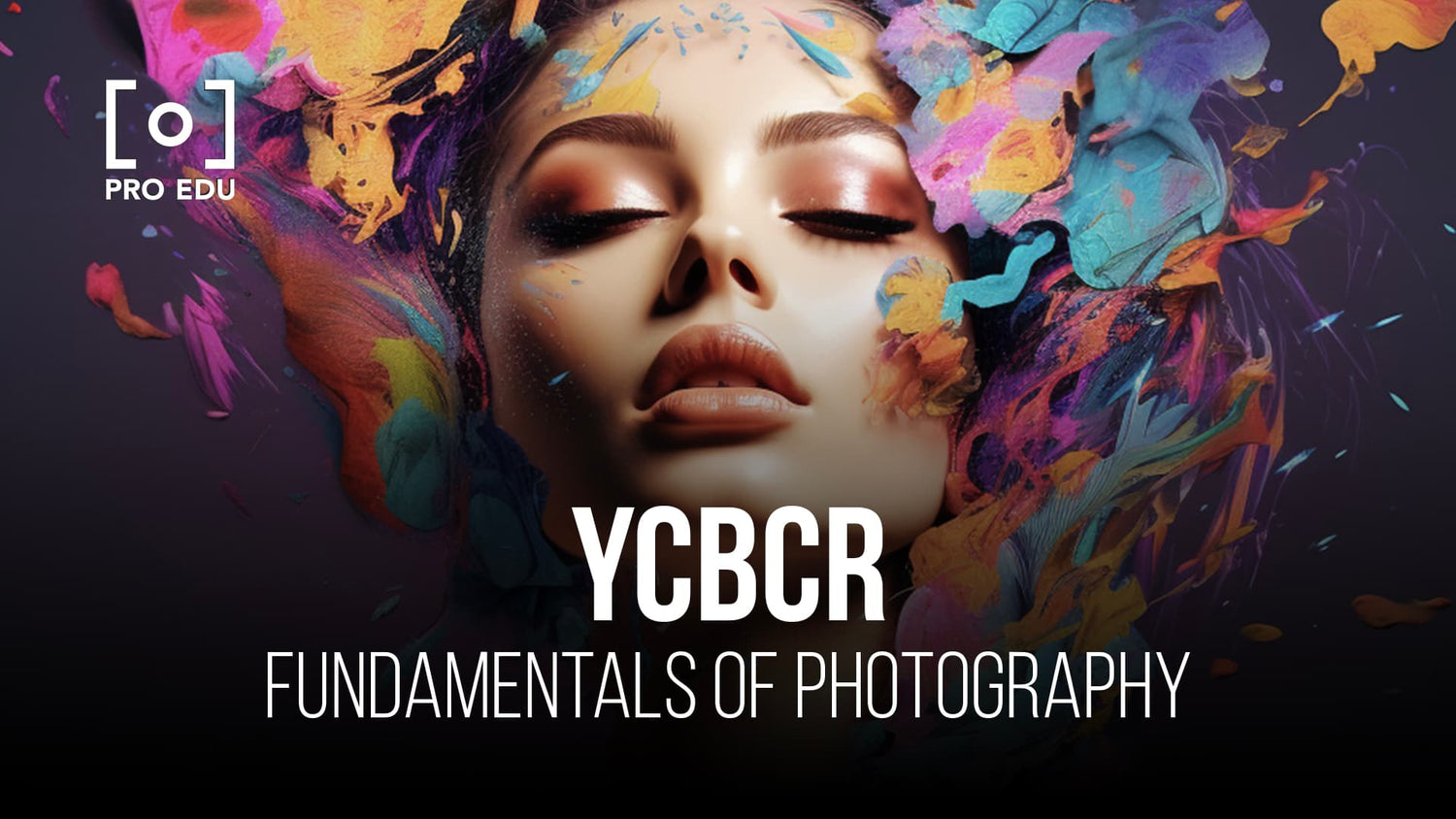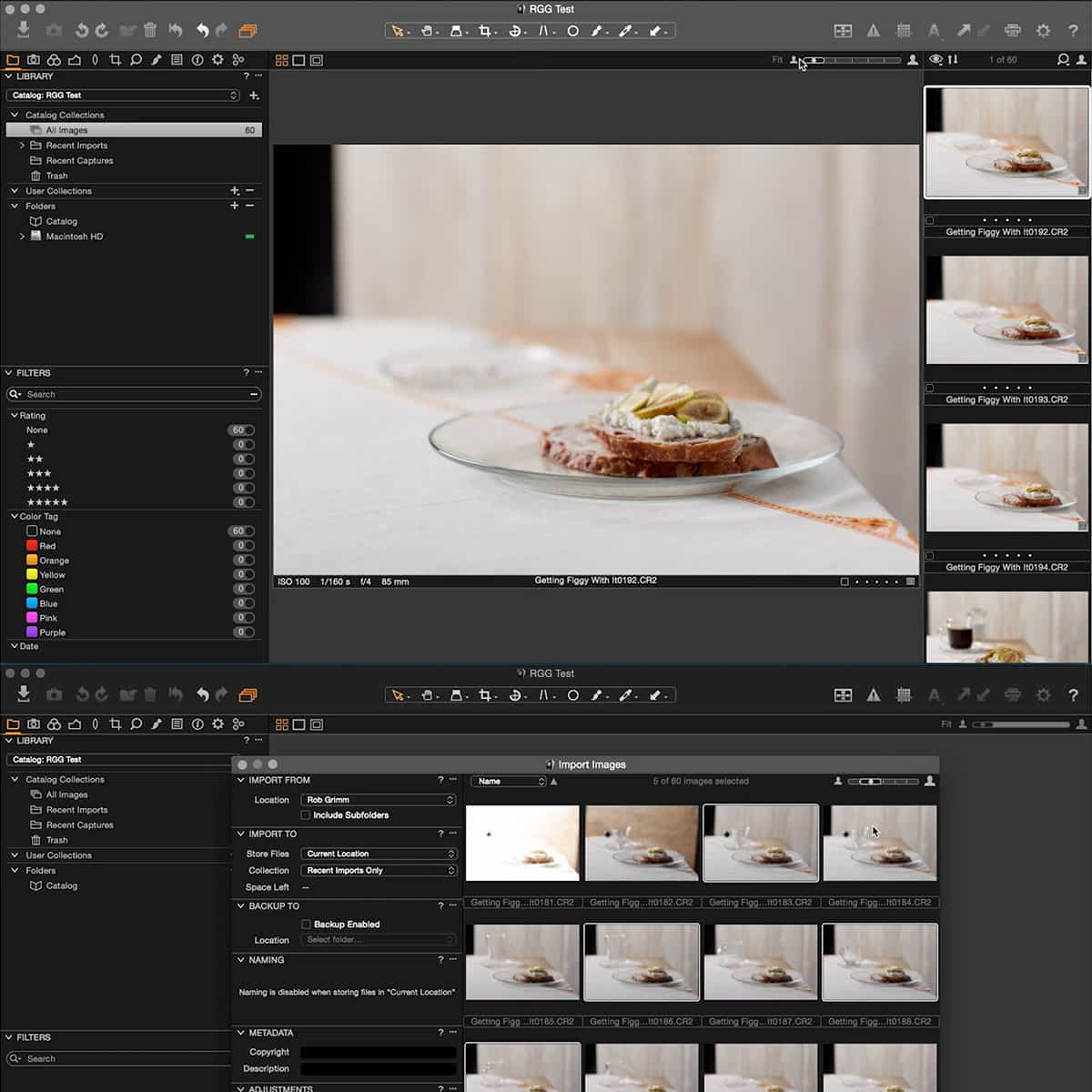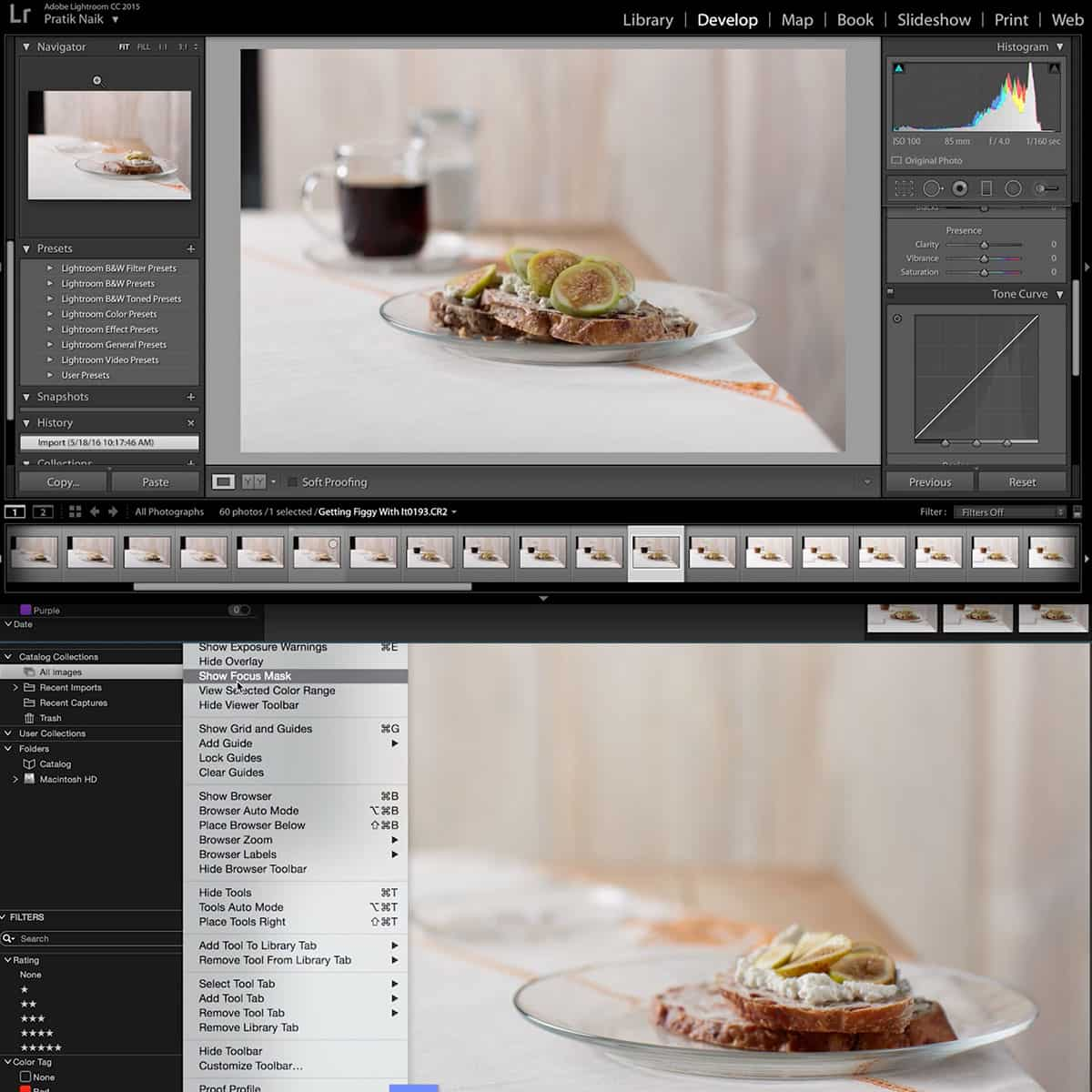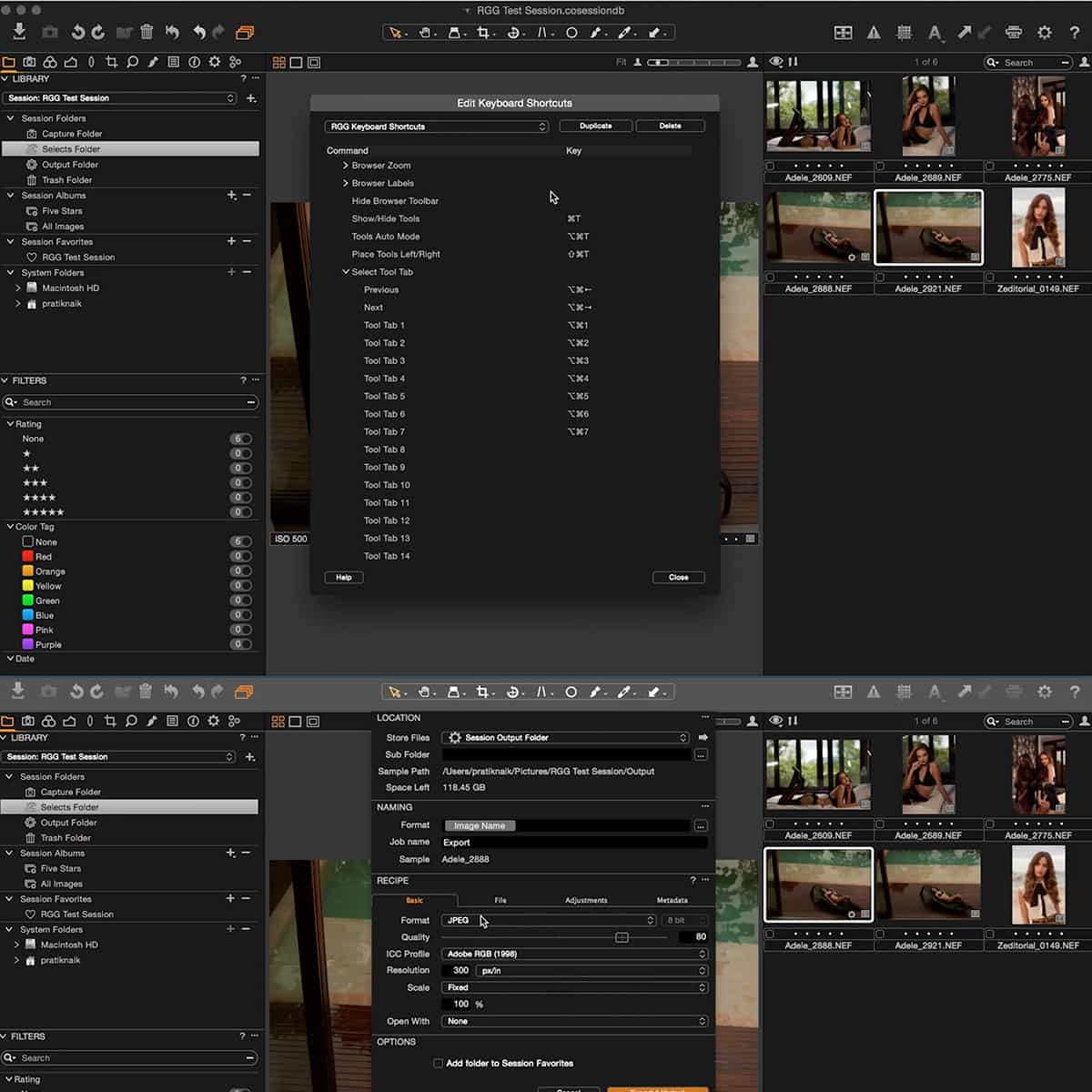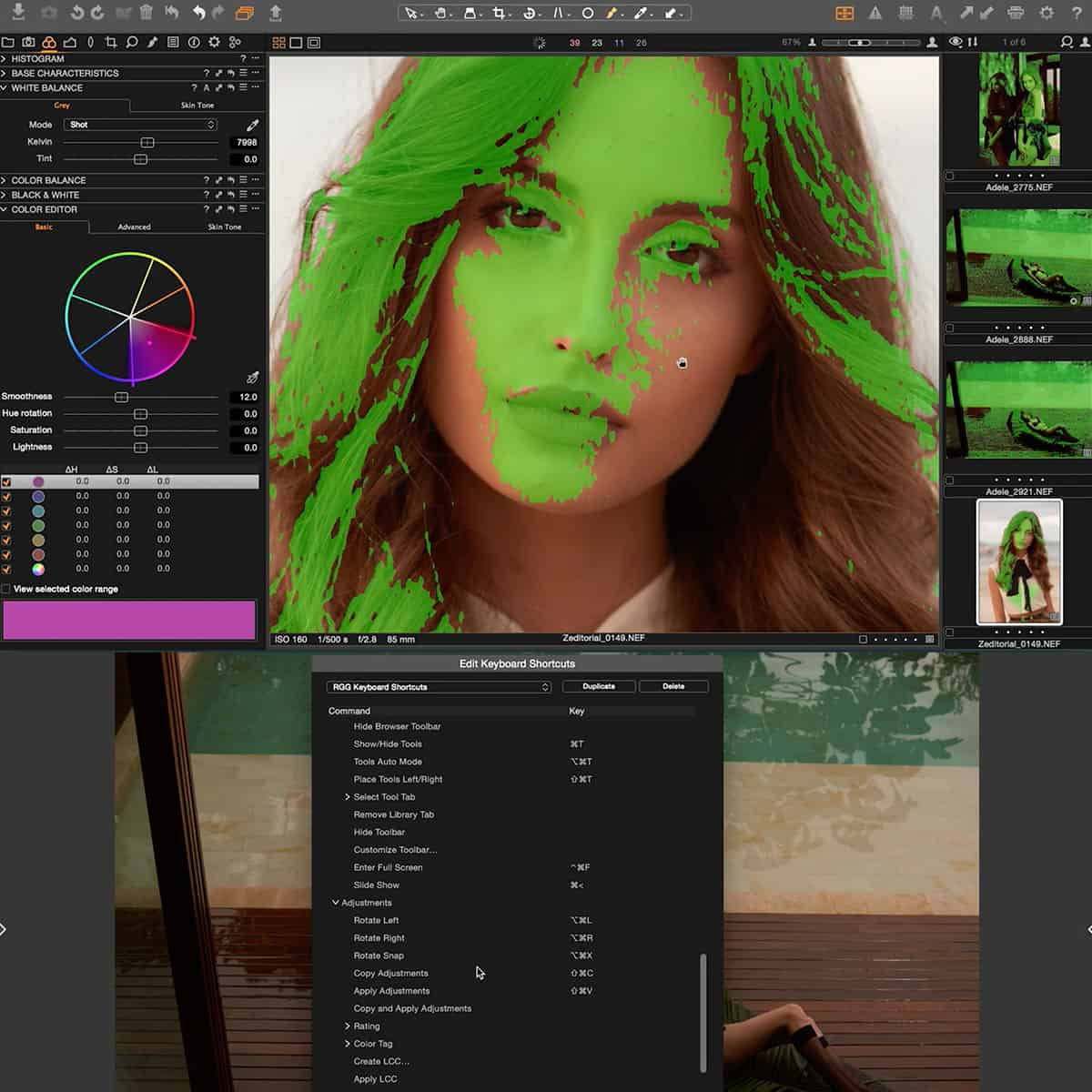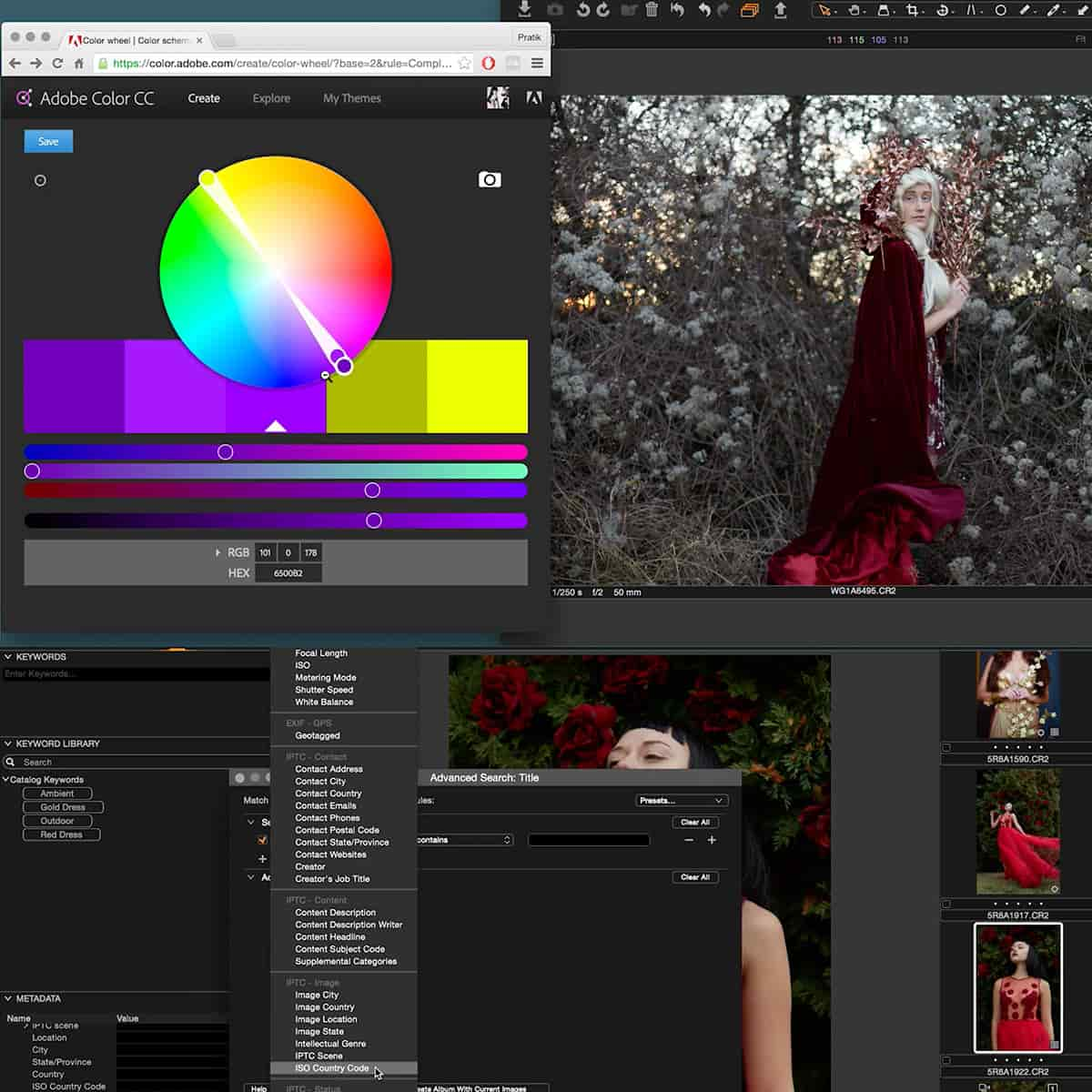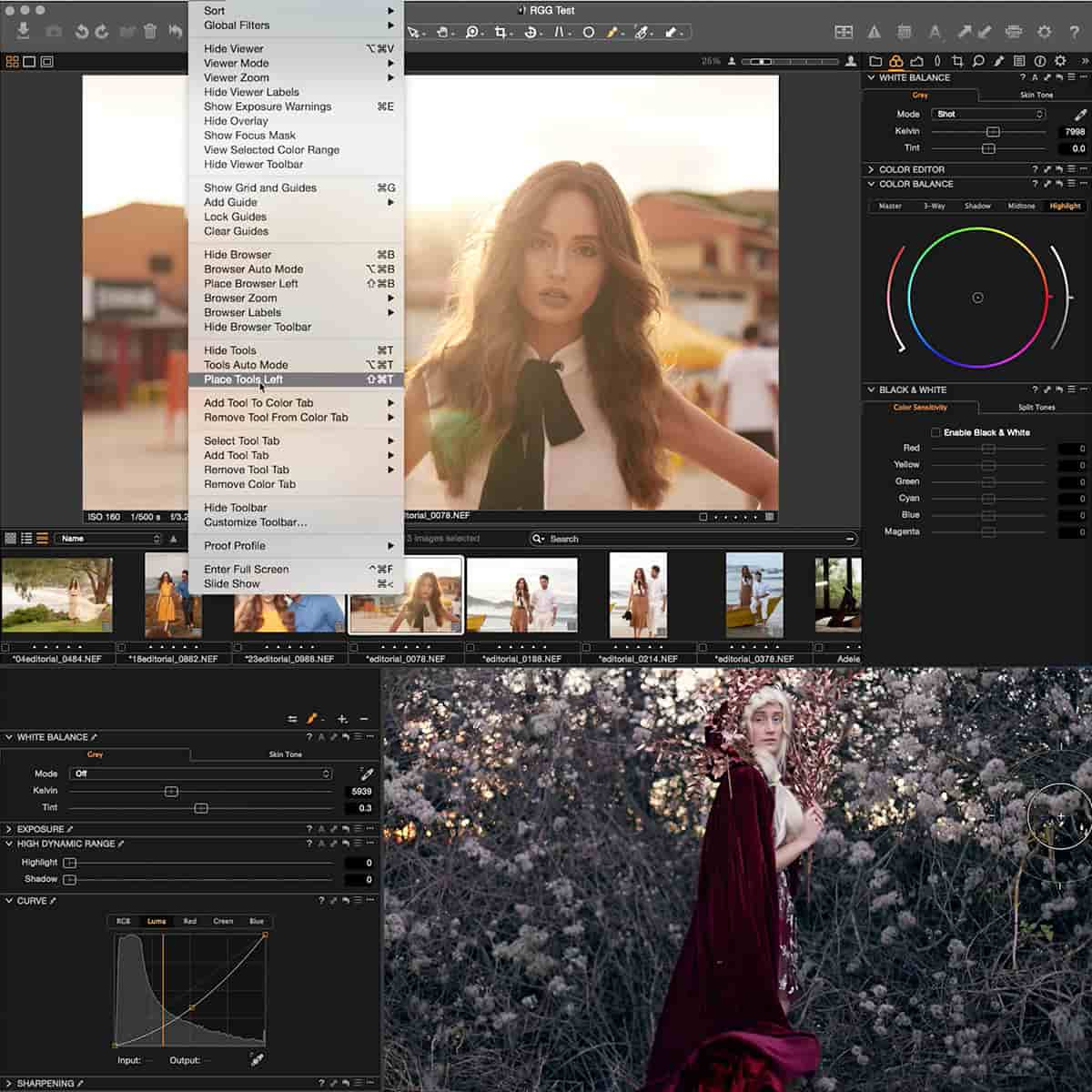Espace colorimétrique YCbCr : la clé du traitement des couleurs en photographie numérique
Dans le domaine de la photographie et de la vidéo numériques, la compréhension de l'espace colorimétrique YCbCr est essentielle pour maîtriser les aspects techniques de la qualité d'image. Contrairement à l'espace colorimétrique RVB qui correspond davantage à la manière dont les écrans émettent la lumière, l'espace colorimétrique YCbCr joue un rôle essentiel dans la manière dont les images sont compressées et traitées. Cet espace colorimétrique sépare les informations de luminosité (Y) des informations de couleur (Cb et Cr), qui correspondent bien aux différentes sensibilités de l'œil humain à la luminance et à la chrominance, permettant ainsi une compression plus efficace sans perte significative de qualité d'image.
L'adoption de l'espace colorimétrique YCbCr dans le traitement d'images numériques est particulièrement importante en raison de sa capacité à équilibrer la qualité et l'efficacité du stockage. Comme les informations de couleur sont plus compressées que la luminosité, YCbCr permet de conserver les détails visuels essentiels tout en réduisant la taille des données. Cette caractéristique est particulièrement bénéfique dans les domaines de la diffusion, du streaming et du stockage de médias numériques, où la bande passante et la taille des fichiers peuvent être des facteurs limitants.
Principaux points à retenir
- YCbCr est essentiel pour la compression d'image en photographie numérique.
- Il sépare les informations de luminosité des informations de couleur, optimisant ainsi la perception de l'œil humain.
- L'espace colorimétrique prend en charge la diffusion, le streaming et le stockage multimédia efficaces.
Notions de base sur l'espace colorimétrique YCbCr
Dans cette section, nous allons explorer les concepts essentiels de l'espace colorimétrique YCbCr et son rôle essentiel dans le traitement des images numériques. Nous verrons comment il se compare à l'espace colorimétrique RVB et décomposerons ses composants pour comprendre comment ils contribuent à la représentation des images.
Définition et importance de l'espace colorimétrique
Un espace colorimétrique est une méthode par laquelle nous pouvons spécifier, créer et visualiser des couleurs. L'espace colorimétrique YCbCr est essentiel dans la vidéo et la photographie numériques car il sépare la luminance de l'image (Y) de sa chrominance (Cb et Cr). Cette séparation est bénéfique car l'œil humain est plus sensible à la luminance qu'à la chrominance, ce qui permet une compression plus efficace qui correspond à la perception visuelle humaine.
Comparaison entre les espaces colorimétriques YCbCr et RVB
Les espaces colorimétriques YCbCr et RVB ont des applications distinctes. Alors que le RVB représente la couleur par le biais de combinaisons de lumière rouge, verte et bleue, le YCbCr représente la couleur en termes d'une composante luma (Y) et de deux composantes chroma (Cb et Cr). Cela rend le YCbCr particulièrement utile pour la transmission vidéo couleur, car il réduit la bande passante sans affecter de manière significative la qualité d'image perçue.
Composants de YCbCr
Décomposons les composants de YCbCr :
-
Luma (Y) : Représente la luminosité d'une image (le composant « Y ») et transporte les informations en noir et blanc (niveaux de gris).
-
Chrominance (Cb et Cr) : code les informations de couleur du pixel (les composants « Cb » et « Cr »). « Cb » signifie « chroma par différence bleue » tandis que « Cr » représente « chroma par différence rouge ».
Ces composants fonctionnent ensemble dans l'espace colorimétrique YCbCr pour gérer efficacement les images numériques, en optimisant à la fois le stockage et la qualité visuelle.
Espace colorimétrique YCbCr dans le traitement d'images numériques
Dans le traitement d'images numériques, l'espace colorimétrique YCbCr est essentiel pour une compression d'image efficace et le maintien d'une qualité d'image élevée. En parcourant ses applications, nous découvrirons les rôles spécifiques que joue YCbCr dans la compression JPEG, la segmentation d'image et ses effets sur la qualité d'image.
Rôle dans la compression d'image
L'espace colorimétrique YCbCr est essentiel à la compression d'images, notamment au format JPEG, en raison de sa structure qui sépare la couleur en composantes de luminance (Y) et de chrominance (Cb et Cr). Nos yeux sont moins sensibles aux détails fins des composantes de couleur, ce qui permet de sous-échantillonner les plans de chrominance sans affecter de manière significative la qualité de l'image perçue. Ce sous-échantillonnage se traduit par une taille de fichier plus petite, ce qui démontre l'efficacité de YCbCr pour réduire la redondance des données dans le traitement d'images.
Effet sur la qualité de l'image
L'intégration de YCbCr dans le traitement d'image peut conduire à une amélioration de la qualité lors de la compression des images. JPEG utilise l'espace colorimétrique YCbCr car il exploite les inefficacités visuelles humaines en compressant les canaux de chrominance plus que la luminance. Cette compression sélective préserve les détails visuels importants avec un PSNR (Peak Signal-to-Noise Ratio) élevé, offrant un équilibre entre le taux de compression et l'intégrité de l'image.
YCbCr dans la segmentation d'images
L'espace colorimétrique YCbCr joue un rôle essentiel dans la segmentation d'images , qui consiste à diviser une image en segments pour simplifier ou modifier la représentation d'une image. En séparant la chrominance de la luminance, YCbCr permet une segmentation plus précise puisque les variations d'éclairage et d'ombres ont un impact réduit sur les composantes de chrominance, ce qui conduit à une détection et une isolation plus précises des objets dans une image.
YCbCr en photographie et vidéo numériques
Dans le domaine de la photographie et de la vidéo numériques, l'espace colorimétrique YCbCr joue un rôle crucial dans le maintien de l'équilibre entre la qualité et l'efficacité du stockage ou de la bande passante. Nous explorerons ses avantages et la manière dont il est appliqué à la technologie vidéo pour mieux apprécier son importance.
Avantages de l'imagerie numérique
L'espace colorimétrique YCbCr , souvent utilisé dans les images couleur compressées JPEG , présente plusieurs avantages clés. Tout d'abord, il sépare l'image en plans de luminance (Y) et de chrominance (Cb et Cr), ce qui signifie que la compression peut être appliquée plus efficacement. La luminance, qui représente la luminosité de l'image, contient plus de détails que les informations de couleur. La plupart des systèmes d'imagerie numérique appliquent une profondeur de bits plus élevée à la luminance, préservant ainsi les détails là où ils sont les plus cruciaux et permettant une plus grande compression sur les plans de chrominance sans impact significatif sur la qualité de l'image perçue.
Application à la technologie vidéo
Dans la technologie vidéo, le format YCbCr est la pierre angulaire. Il s'agit de la norme pour la plupart des formes de vidéo numérique, y compris celles que nous rencontrons dans la compression MPEG, un format utilisé sur diverses plates-formes telles que les DVD et la télévision numérique. La conversion de RVB en YCbCr permet un stockage et une diffusion vidéo efficaces. Par exemple, les signaux dans l'espace colorimétrique YCbCr , contrairement à RVB, peuvent être compressés de manière significative, ce qui est essentiel pour les applications à bande passante limitée. Le format YCbCr est également couramment utilisé dans les sorties vidéo telles que la vidéo composante YPbPr , qui divise le signal en trois canaux distincts pour transmettre une vidéo de meilleure qualité sans avoir besoin de conversion vers et depuis RVB, préservant ainsi l'intégrité et la netteté.
Concepts et techniques avancés
Alors que nous explorons les aspects les plus sophistiqués de l'espace colorimétrique YCbCr, il est essentiel de comprendre que ses applications en photographie numérique s'étendent au-delà de l'utilisation de base pour inclure des méthodes de transformation avancées et des défis nuancés.
YCbCr et méthodes de transformation des couleurs
La transformation des vecteurs de couleurs RVB en espace colorimétrique YCbCr implique des processus mathématiques complexes. Nous nous concentrons sur deux éléments essentiels : l'optimisation de la précision et la minimisation du temps de calcul . Dans la reconnaissance de formes, l'espace YCbCr est utilisé pour son efficacité à séparer la couleur des données de luminance, ce qui est essentiel pour une détection précise des caractéristiques et un transfert de couleur. Cela implique l'utilisation d'algorithmes avancés comme la modélisation par mélange gaussien pour gérer efficacement les vecteurs de couleurs. De plus, l'adoption de méthodes telles que l'estimation a posteriori maximale et l'estimation de la carte locale améliore encore la qualité de la transformation des couleurs, nous fournissant des résultats plus fiables dans les tâches complexes de traitement d'images.
Défis dans la conversion de l'espace colorimétrique YCbCr
Lors de la conversion entre les espaces colorimétriques RVB et YCbCr, nous rencontrons des difficultés spécifiques. L'une de ces difficultés est de maintenir la fidélité pendant le processus de conversion. La précision de la transformation est essentielle, car même de légères inexactitudes peuvent entraîner des changements de couleur importants qui affectent le résultat des techniques de post-traitement de la photographie numérique. Une autre préoccupation fondamentale est l'équilibre entre le temps de calcul de la conversion et la qualité des résultats, un facteur essentiel pour les applications de traitement en temps réel. Le sous-échantillonnage des composants Cb et Cr, généralement utilisé pour réduire la taille du fichier et les ressources de calcul, doit être géré judicieusement pour préserver l'intégrité de l'image.
Questions fréquemment posées
Dans cette section, nous abordons certaines des questions les plus courantes sur l'espace colorimétrique YCbCr et son application en photographie et vidéo numériques.
Quels sont les avantages de l’utilisation de YCbCr par rapport à RVB dans le traitement d’image ?
L'espace colorimétrique YCbCr sépare la luminance de la chrominance, ce qui permet une compression plus efficace. Cette séparation améliore la qualité de l'image dans la diffusion vidéo et le stockage numérique, car elle réduit la bande passante sans affecter de manière significative la clarté visuelle.
Comment le YCbCr est-il utilisé dans la vidéo numérique et qu’est-ce qui le rend adapté à ce support ?
Dans la vidéo numérique, le format YCbCr est utilisé car il s'aligne plus étroitement sur la façon dont la vision humaine traite la couleur et la luminosité, ce qui le rend idéal pour la transmission et la compression. Cet espace offre un moyen efficace de coder les informations de luminosité et de couleur, ce qui conduit à une utilisation généralisée dans divers formats et normes vidéo.
Pouvez-vous expliquer la différence entre YUV et YCbCr en référence aux espaces colorimétriques ?
Bien que souvent confondu et utilisé de manière interchangeable, YUV est principalement un espace colorimétrique analogique, et YCbCr est son équivalent numérique. YCbCr s'applique à la vidéo numérique et aux images fixes et prend en charge différents schémas de sous-échantillonnage de la chrominance, ce qui est essentiel pour les normes de compression et de diffusion.
Pourquoi YCbCr est-il préféré dans certains types de flux de travail de photographie numérique ?
Certains flux de travail de photographie numérique bénéficient de la capacité de YCbCr à manipuler la luminance indépendamment de la couleur. Cela est particulièrement utile dans les étapes de post-traitement, telles que la correction des couleurs et la compression, où l'accent mis sur la luminosité plutôt que sur la couleur peut conduire à des résultats plus efficaces.
En quoi le YCbCr 422 diffère-t-il des autres formats de sous-échantillonnage de chrominance ?
Le format YCbCr 422 est un format de sous-échantillonnage chroma dans lequel, pour deux pixels du canal Y (luminance), il existe une valeur Cb (différence bleue) et une valeur Cr (différence rouge). Cela réduit la bande passante de moitié par rapport à l'échantillonnage 4:4:4 tout en conservant une qualité d'image élevée, ce qui en fait un choix équilibré pour la vidéo numérique professionnelle.
Quels sont les principaux types d’espaces colorimétriques pertinents pour la photographie numérique et comment se comparent-ils ?
Outre YCbCr, les principaux espaces colorimétriques de la photographie numérique incluent RVB, sRVB, Adobe RVB et ProPhoto RVB. Chaque espace remplit des rôles différents, de la capture et de l'édition à l'affichage et à l'impression, offrant différentes gammes de couleurs et d'adéquation en fonction du flux de travail et des exigences de sortie. YCbCr est souvent utilisé dans les étapes de compression et de transmission en raison de son efficacité et de sa compatibilité avec les normes vidéo.


